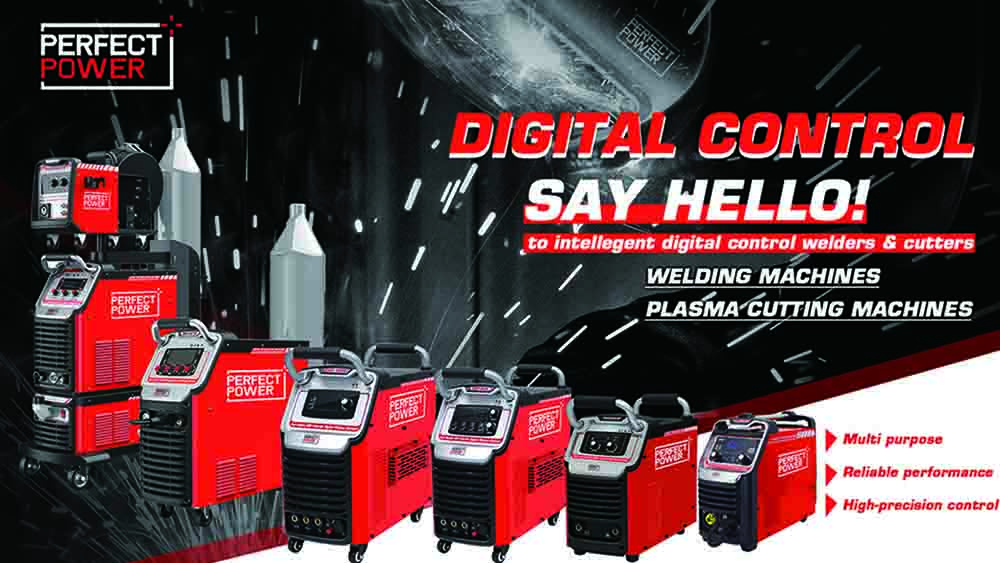
There is a number of reasons why the MIG welding process has become one of the favorites in the industrial world.
Easiness of use
As described, the MIG welding process basically is a semi-automatic process, since the wire is continuously fed through the gun, and actually the consumable electrode must contact the workpiece. This means that the high skills required for the TIG welding process, are not needed here. The system is pretty much plug-and-play.
What is needed to start welding using MIG is to know about the parameters required for every material and thickness. Some machines can help with that. Some supervisors say that an operator who knows the basics of welding can get the hang of the MIG in an hour, or even less.
The easiness of use also is convenient for companies, because this means that less time for training is required and more operators will be available to work in the workshop.
Efficiency
This factor is related to the speed and quality of the MIG welding process. It is a fact that MIG is one of the fastest welding processes out there, but this speed must be in sync with the quality. So, there is no point in producing welds at a fast speed, just to find out that the job didn’t meet expectations.
Another factor that improves the efficiency of MIG is the lower spatter level. This reduces the post-weld cleanup.
The efficiency of the welding also improves with the use of automation. Since MIG is the favorite process for welding robotic settings, the possibilities of increasing the efficiency of the MIG welding workshop are higher than with any other process.
Quality
While most experts ensure that TIG provides a strong and nice-looking weld beam, they also coincide in saying that MIG also provides strong welds and the afterward cleanup is little, especially in comparison to other processes, like STICK.
In a big proportion, the quality of a weld depends on the knowledge and experience of the operator. So, it is fair to say that MIG welders can achieve better quality because it is a welding process easy to master. This is even more evident with the new equipment that manages a lot of automatic pre-settings.
High Production
Hands down, if high production volumes are in the line, the MIG welding process is the one to go for. One reason why is that the wire is continuously fed, in a semi-automatic way. So, you don’t need to stop frequently, as happens with STICK.
The filler metal packages come in many sizes. There are some small ones, like 2 pounds only, which are used with spool guns, generally for not-so-frequent welds (like aluminum, for some workshops), and some big ones, like 600 pounds, used for continuous use in welding robots.
So, speaking about MIG welding and automation…
MIG welding and automation
MIG welding is definitely the preferred process when it comes to robotics and automation. This is because, in its definition, MIG is actually a semi-automatic process, since the wire is fed from the gun at a constant speed, defined in the welding parameters.
Of course, when MIG is used in welding automation, the possibilities are more. Welding robots are capable of any position, produce better quality welds, and are way faster than human operators. They only need to stop eventually, when is time to add more wire. Also, they are not affected by harmful gases and fumes.



